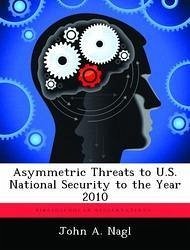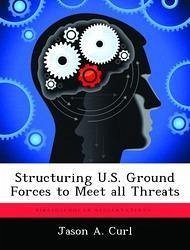
Asymmetric Threats to U.S. National Security to the Year 2010
Versandkostenfrei!
Versandfertig in über 4 Wochen
52,99 €
inkl. MwSt.
Weitere Ausgaben:

PAYBACK Punkte
26 °P sammeln!
Asymmetric threats counter an adversary's strengths by focusing on its weaknesses. In the post-Cold War world asymmetric threats to U.S. national security are far more likely than they were just a decade ago. This paper considers asymmetric threats from the perspective of ends, ways, and means. It examines American and "enemy" ends, as well as several means of projecting force asymmetrically, and also suggests that symmetrical means of applying force can be asymmetric threats if they are used in certain ways. The paper concludes that perhaps the most serious threat to U.S. national security fo...
Asymmetric threats counter an adversary's strengths by focusing on its weaknesses. In the post-Cold War world asymmetric threats to U.S. national security are far more likely than they were just a decade ago. This paper considers asymmetric threats from the perspective of ends, ways, and means. It examines American and "enemy" ends, as well as several means of projecting force asymmetrically, and also suggests that symmetrical means of applying force can be asymmetric threats if they are used in certain ways. The paper concludes that perhaps the most serious threat to U.S. national security for the next ten years is the organizational culture of the Department of Defense and of its component services that leads them to prepare almost exclusively for symmetrical threats. The nation must maintain its ability to deter symmetric threats to U.S. national security, but that capability will be insufficient to protect against all of the threats that the nation is likely to face in the near future. While continuing to prepare to fight the wars the U.S. expects to fight, it must also begin devoting more resources to preparing to be hit where it does not expect to be.














